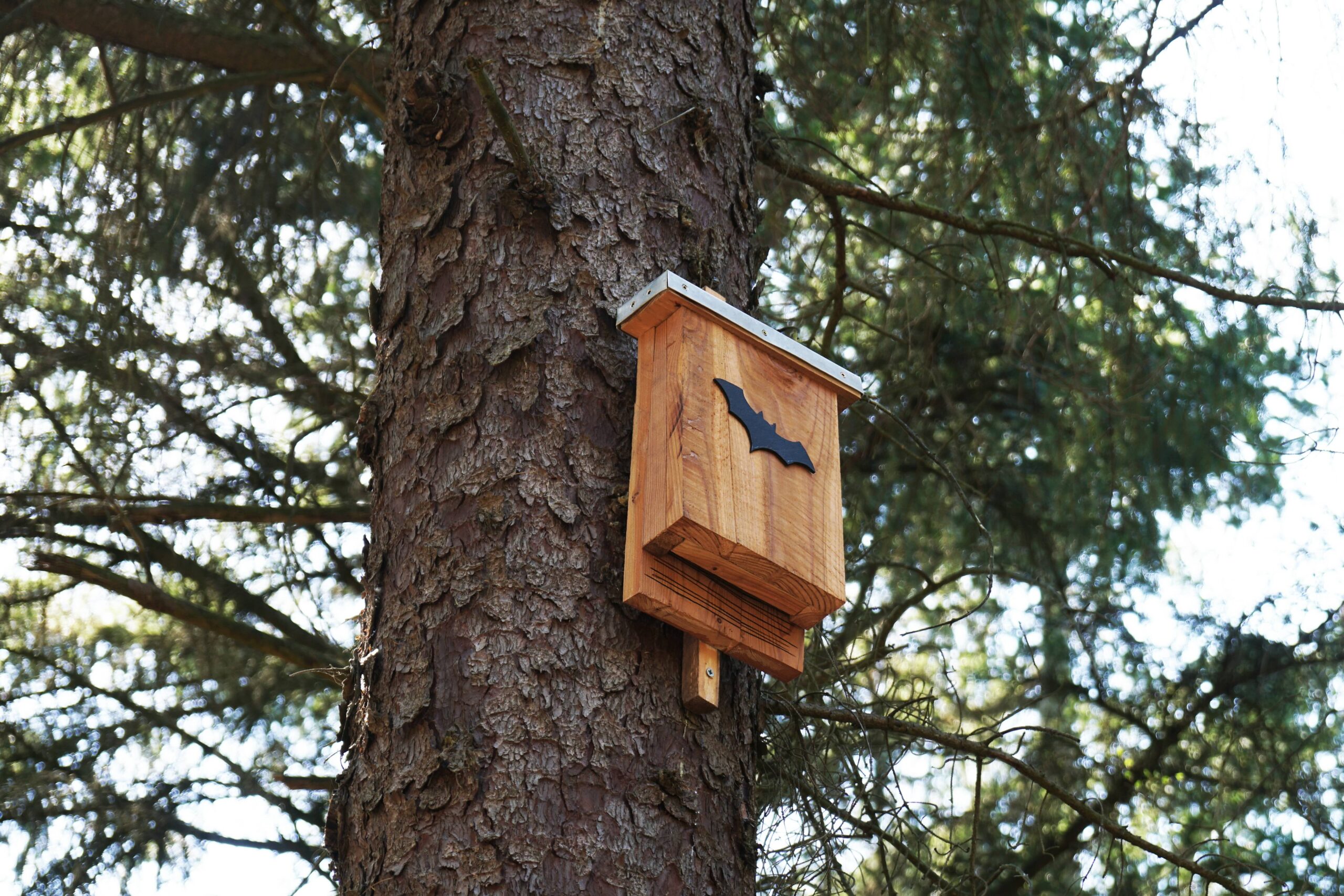Bats might have a spooky reputation, but they actually make excellent neighbors thanks to their voracious appetites for mosquitoes and other insects. And many bats today could use a helping hand — they’re up against a number of threats, including habitat loss, artificial light at night, and, most urgently, a fungal disease called white-nose syndrome. By creating crucial bat habitat around your home, you can help keep little brown bats and other affected species bounce back. Below are some helpful tips to attract bats to your own backyard.
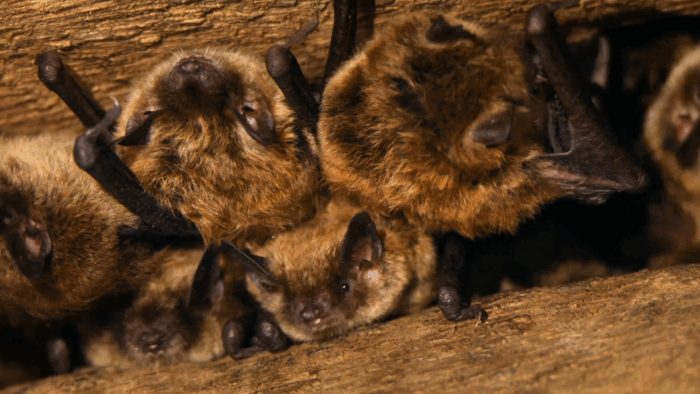
1. Plant a native flower garden for nocturnal pollinators
Many bats eat moths and other night-flying insects. In fact, 42 of the 45 bat species in the United States are insectivores. As a first step to attracting bats, consider planting a “moon garden” that attracts bats’ favorite nocturnal prey. A good starting point is to find a local plant nursery that can suggest native plants that will attract native insects, just like a typical pollinator garden. The National Wildlife Federation has a great resource to help identify both plants and moths native to your area. When in doubt, prioritize plants that flower or stay open at night, or that have light-colored flowers. And remember to avoid pesticides, which could kill the very insects you’re trying to attract.
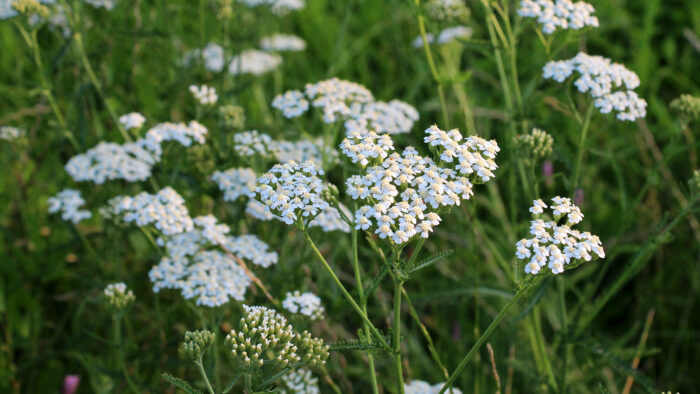
2. Plant native trees — and leave dead trees standing
Trees also provide important habitat for the insects bats eat. Native oaks, especially, act as a keystone species supporting a wide range of wildlife. Other important native trees include dogwoods and elderberry trees. These trees are also habitat for bats themselves! While many people associate bats with caves, more than half of all bat species roost in tree hollows and crevices. Even dead trees are excellent habitat for bats. Bat Conservation International has more information about the importance of trees.
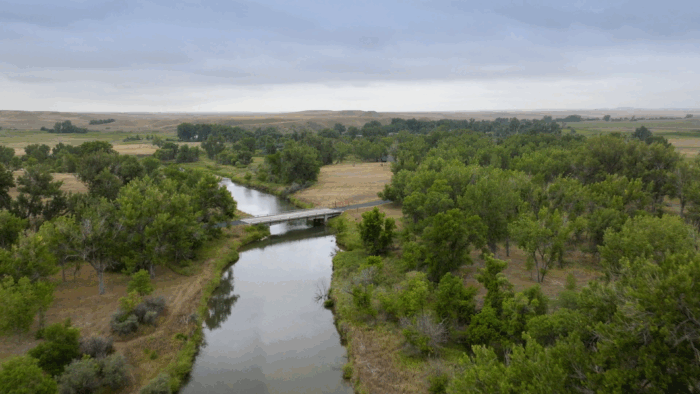
3. Provide a water source like a pond or trough
Bats drink on the wing, swooping down to skim water off the surface. Because of this, they need bigger water sources than a typical birdbath — ideally something at least 7–10 feet long. To get started, check out our article on how to make a frog pond. Just remember to add a water pump to keep the water fresh and cut down on insect larvae!
4. Build a bat house
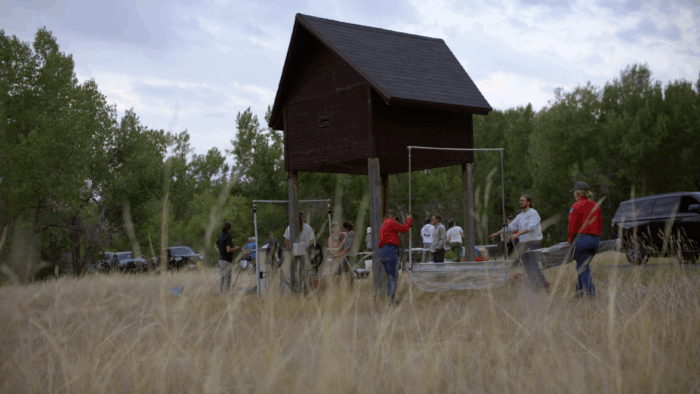
If you don’t have trees (or even if you do!) bat houses are a great supplemental shelter for bats, because they mimic the narrow space between the tree bark and trunk where bats like to roost. If you do decide to place bat houses, location is key. Mount your bat house on the side of your house or on a pole, at least 15 feet in the air, with several feet of clearance in front of the entrance. These distances are important to give bats adequate space to fly in and out of the house, and to keep predators out. Bat houses are more likely to attract bats if there is favorable habitat nearby, so this is best paired with the steps above! The National Wildlife Federation has a comprehensive guide to building bathouses.
5. Turn off lights at night
Bats are adapted to darkness — when they roost near artificial light sources, it can take them longer to leave the roost at night or find a dark place to forage, messing with their natural daily rhythms. So if you’re trying to attract bats, remember to keep artificial light around your home to a minimum.
By following these tips, you can do your part to help struggling bat populations, and get some free pest control in the process! To learn more about North America’s bats, the threats they face, and the people working to help them, watch the Wild Hope episode “Bat Vax.”
